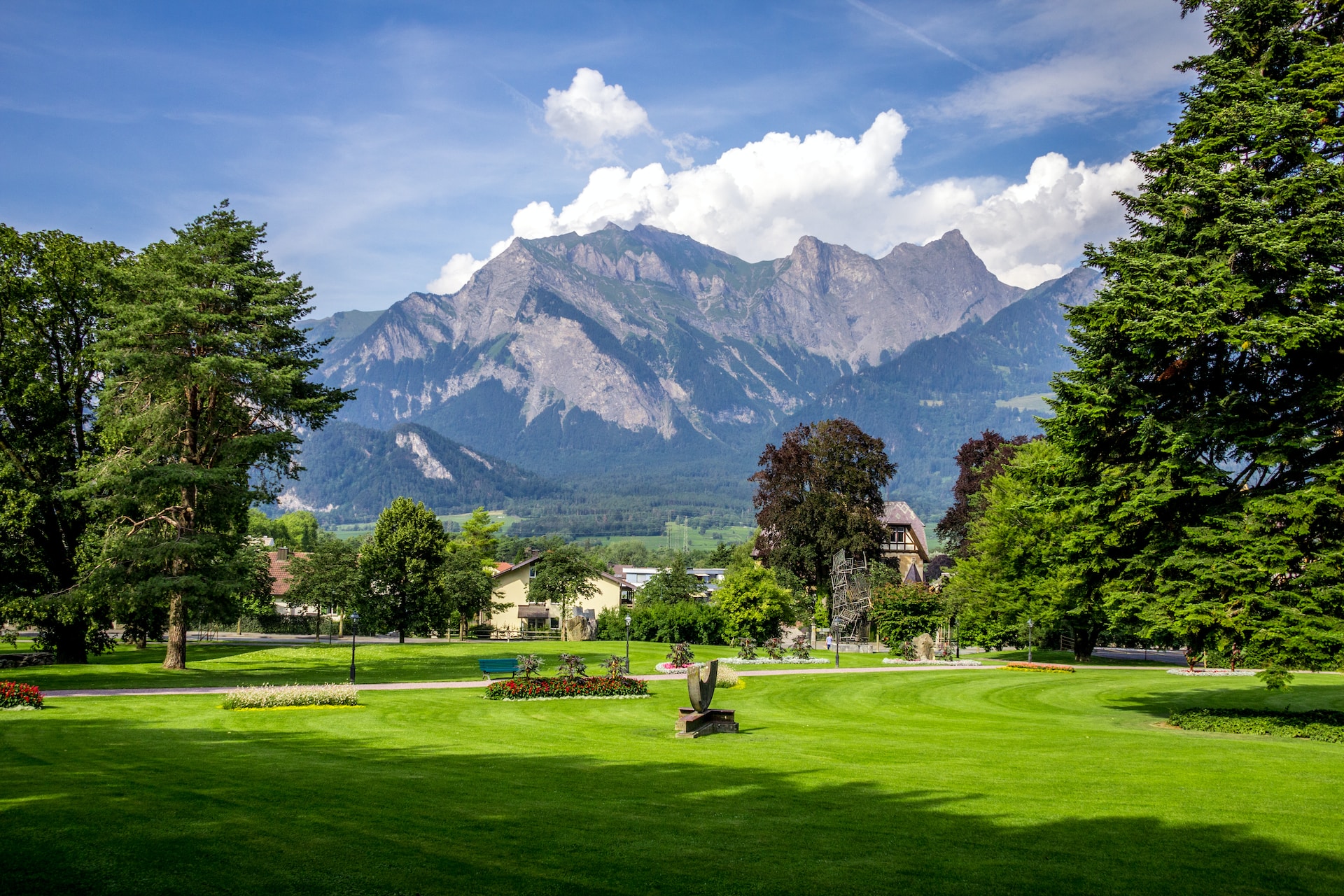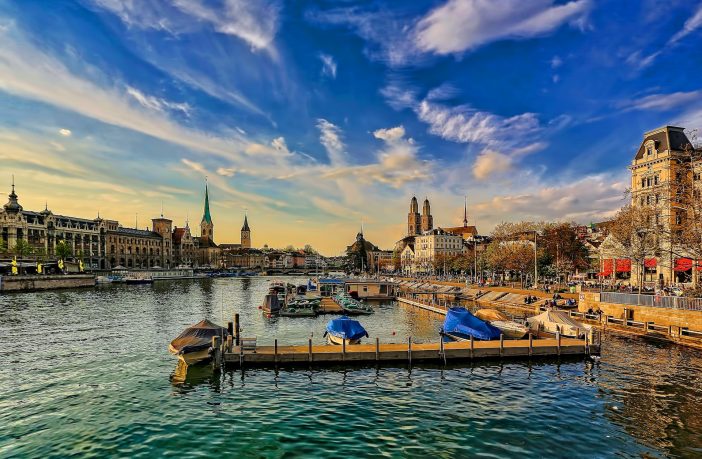How Switzerland’s economy is growing
According to official data, the population of Switzerland reached 8.8 million people in November 2022. The increase in the number of inhabitants entails pressure on the environment, which is expressed primarily in the growth of carbon dioxide emissions. Within this dynamic, it is important for the government to maintain high economic growth while reducing emissions. So far, Switzerland has been doing an excellent job.
Over the past 50 years, the world’s population has doubled, and even though the overall growth rate has decreased, the number of people on Earth continues to increase regularly. According to UN estimates, there will be more than 10 billion people living on our planet by 2058. At the same time, 60 countries around the world will see their populations shrink by about 1% by 2050. There are two reasons for this trend: low birth rates and emigration. The flip side of population growth is an increase in greenhouse gas emissions, which the world is still struggling to cope with.
Unlike many nations, Switzerland is actively pursuing initiatives that help reduce the environmental damage caused by human activity. The country shows excellent success in the fight against global warming, but local experts and scientists believe that much more can be done. Anyway, the example of Switzerland should inspire other states to strengthen the process of transition to carbon neutrality.

According to official statistics, between 2000 and 2020, the Swiss population grew by 20% to 8.8 million people. This result is primarily due to professional migration. As for the birth rate, it declined during this period. GDP grew by 25% per person and reached 80,400 francs.
During this time, the country’s emissions decreased by 13%, despite the increase in the population. This result was achieved in Switzerland due to the introduction of advanced alternative technologies for energy production. In addition, the country has the policy to promote electric transport. The government also supports the population, which switches from traditional options for heating homes to the use of heat pumps. Today about 60% of the electricity produced in Switzerland is generated by hydroelectric power plants.
Another option for achieving environmental goals is to reduce dependence on fossil fuels. Measures aimed at improving the energy efficiency of residential facilities contribute to this. Switzerland actively uses the mechanisms of sustainable development, introducing innovative solutions that make people’s lives more comfortable, while not harming the environment.




